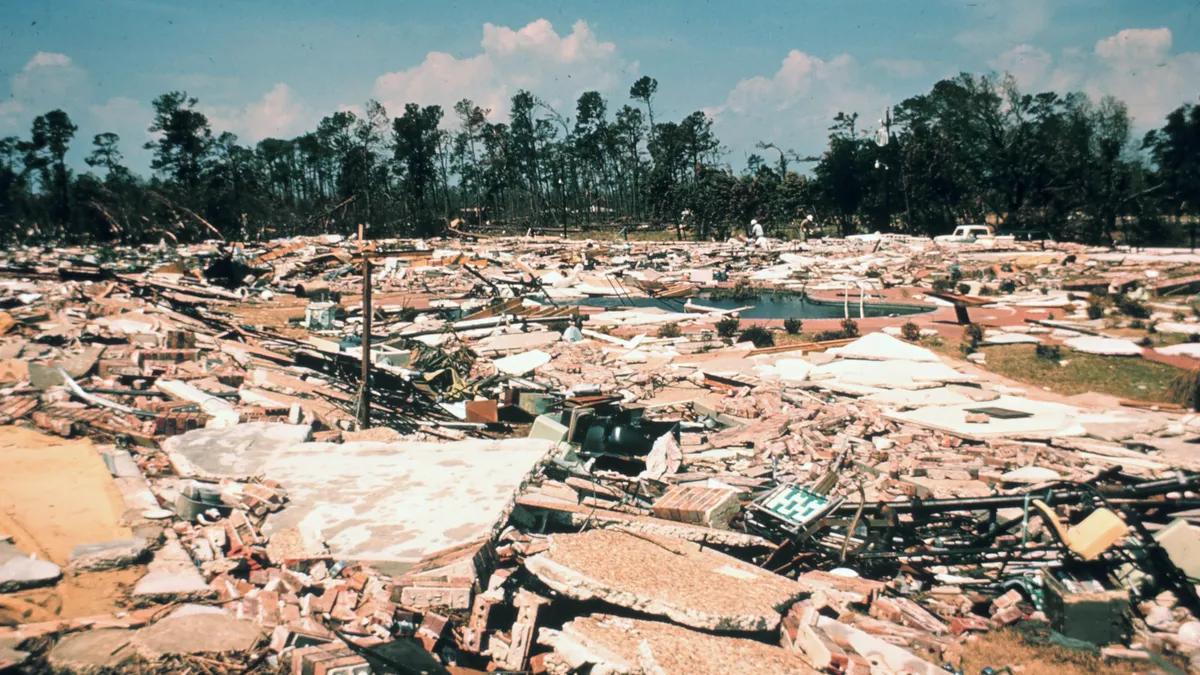Dive Brief:
-
Communities vulnerable to coastal flooding, erosion and other outcomes of extreme-weather events can look to a new set of recommendations from researchers at Stanford University when considering the need to abandon at-risk structures or relocate areas entirely in the face of disaster.
-
The process of managed retreat outlined in the report pulls best practices from 27 case studies of such attempts across 22 countries. The researchers found that managed retreat does not typically work when its benefits impact only residents, when political motivation is lacking or when the cost–benefit ratio isn't favorable to the local community.
-
Managed retreat is most likely when the environmental risks are deemed "intolerable," according to the report, though the strategy is less likely to work in areas with structural protections in place, such as sea walls and levees.
Dive Insight:
If sea levels rise by 6 feet, as experts predict will happen by 2100, nearly 2 million U.S. homes could be (literally) underwater, according to Zillow, citing data from the National Oceanic and Atmospheric Administration. That number represents 2% of the nation’s total housing stock and is valued at $882 billion.
Before managed retreat, however, comes resilience — a method that involves designing buildings to resist the effects of natural and manmade disasters. The practice gained widespread attention following Superstorm Sandy, Resilient Design Institute President Alex Wilson told Construction Dive last month. The tactics used to execute the strategy vary from region to region and include reinforced bridges and buildings in earthquake-prone places like San Francisco and levees and dams in cities with a high risk of flooding, such as New Orleans.
State and local governments are typically thinking ahead to the next disaster. Oregon's Department of Administrative Services is considering the construction of two government buildings near the state Capitol building that could withstand a magnitude 9 earthquake. Seattle, in turn, has incorporated resilience into part of its Alaskan Way Viaduct with plans for a bridge that can bend and stretch in response to seismic activity but maintain its original shape and structural integrity after the event.











